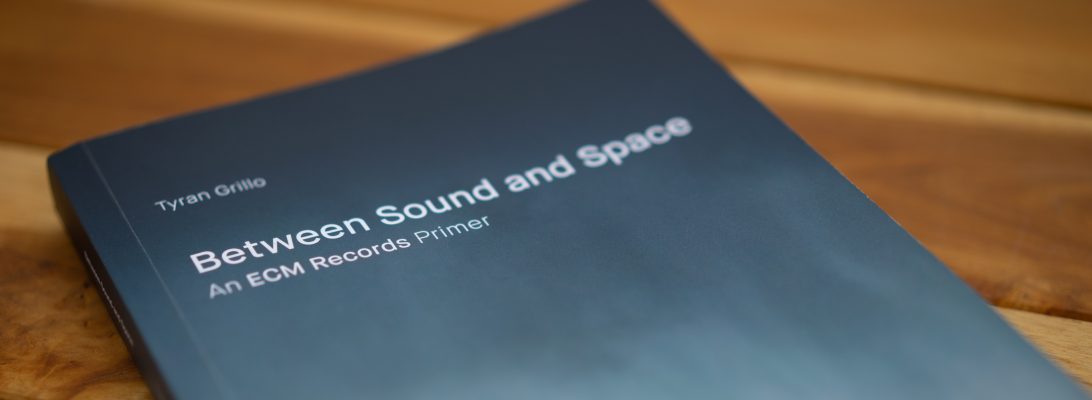Shankar
Pancha Nadai Pallavi
Shankar double violin, vocals
Zakir Hussain tabla
Vikku Vinayakram ghatam
Caroline talam, sruthi
Recorded July 1989 at Rainbow Studio, Oslo
Engineer: Jan Erik Kongshaug
Produced by Manfred Eicher
Shankar’s last album for ECM may just be his finest. Pancha Nadai Pallavi shows the violinist at his creative peak and weaves an unforgettable atmosphere. From the solemn cover photograph to the flawless production, it is a perfect package and a fitting label swan song for an association stretching full circle back to the comparable masterpiece that is 1981’s Who’s To Know.
Shankar’s playing, however you look at it, is a language of the utmost depth and beauty. His voice is smoky, arising from those strings like an echo of the inner spirit that animates his craft. This traditional raga features three cycles, the first two of which—the Ragam and the Tanam—foreground the improvisational skills of the soloist, while the concluding Pallavi emphasizes the rhythmic contributions of the percussionists in dialogue. Although Carnatic purists may be put off by Shankar’s modern touches, the music soars in ways that far outsoar its criticism.
Shankar’s sound is a constant balance of skyward uplift and subterranean excavation. From the thrums and strums of his 10-string violin’s lowest utterances to his harmonic-peaked runs, he scales full ladders of octaves in but single exhalations of his creative breath. And although the violin parts are multi-tracked, they shine like facets of the same crystal. His lines hold on to a core tone. No matter how far they waver from it, they are like rivers that both flow out from and back to their sources. In the process they provide a rhythmic drive in the absence of the percussion waiting in the wings—such that once the voices of Zakir Hussain and Vikku Vinayakram do make themselves known, it feels as if they’ve always been there, moving but never audible until now. The dynamics of this expansion alone are enough to dazzle, but with Shankar’s burrowing melodies their effects become inescapable. Moving from passages of blinding speed to lyrical laments at a mere stroke, they glow in a spectrum of colors. On that note, we must not neglect Shankar ally Caroline Morgan, whose drones and timekeeping unfold their inner depths in those brief moments of rest. Her humility rings like the voice of the firmament, stilling us in anticipation of the flights to come and baying into the beautiful call and response that leaves us spellbound at the raga’s finish.
Pancha is, along with the aforementioned Who’s To Know, by far Shankar’s best work on record. It is also an album that most cleanly showcases the capabilities of his custom instrument. One feels its lows in the rib cage, its highs in the farthest reaches of our minds. Through it Shankar sustains a purity of tone, a moral and spiritual center around which he swings the caduceus of his melodies with eyes closed and arms open. He looks into the stars and sees the strings between them not as constellations but as musical notations. And in these he paints the picture of a god-given gift that has left an indelible mark of greatness.
<< Karlheinz Stockhausen: MICHAELs REISE (ECM 1406 NS)
>> Sidsel Endresen: So I Write (ECM 1408)


